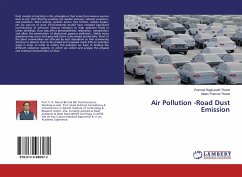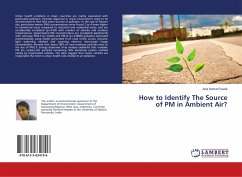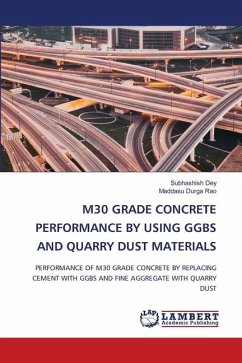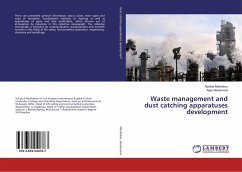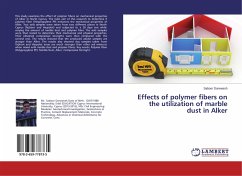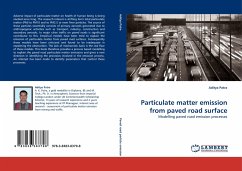Dust consists of particles in the atmosphere that come from various sources such as soil, dust lifted by weather (an aeolian process), volcanic eruptions, and pollution. Wind velocity, cyclonic action, tyre friction, vehicle breaks, etc are sources of dust. Environmental studies have revealed significant contributions of vehicular exhaust emissions to high pollution levels in urban dwellings. Dust may affect photosynthesis, respiration, transpiration and allow the penetration of phytotoxic gaseous pollutants. Visible injury symptoms may occur and generally there is decreased productivity. Most of the plant communities are affected by dust deposition so that community structure is altered. Due to the paved and unpaved roads 33% air pollution arises in India. In order to reduce this pollution we have to develop the different collection systems. In which we collect and analyse the physical and chemical characteristics of Dust.
Bitte wählen Sie Ihr Anliegen aus.
Rechnungen
Retourenschein anfordern
Bestellstatus
Storno

